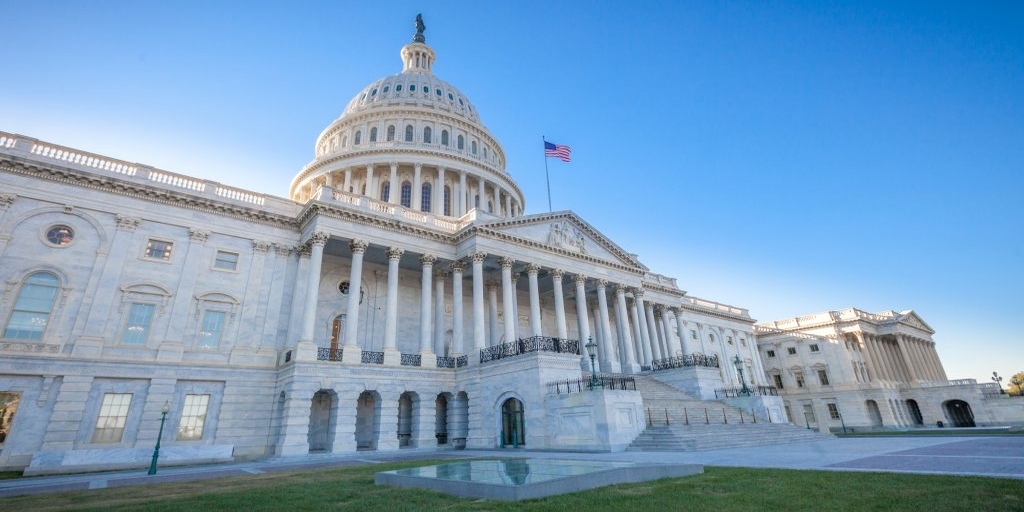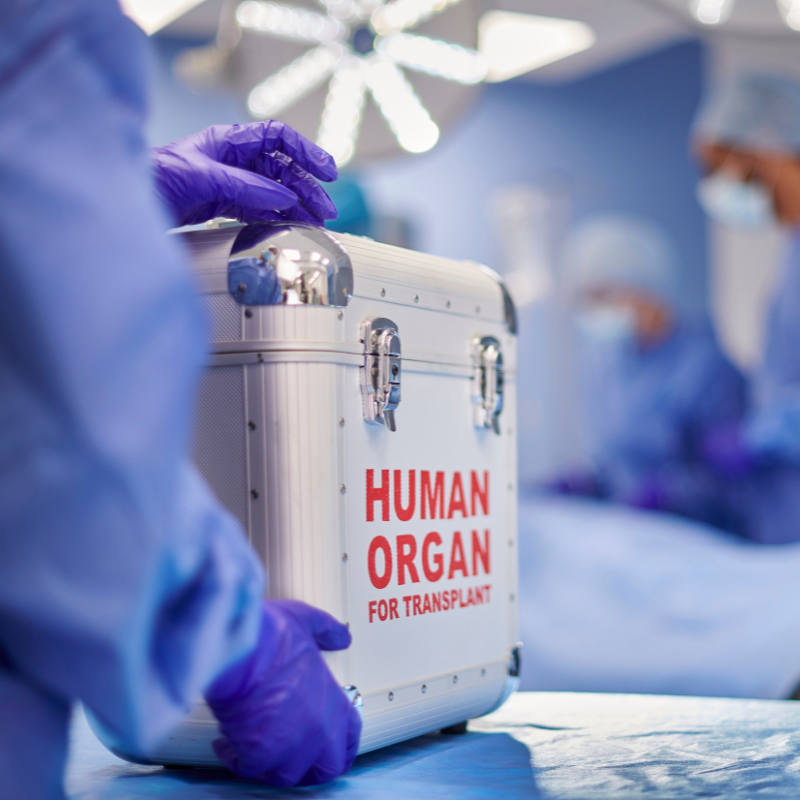Published Jan. 9, 2020
Written by Alexis Denny, Director of Government Affairs
PART ONE OF FOUR

The effort to address the kidney health crisis in the U.S. started in July when President Trump issued the Advancing American Kidney Health Executive Order (EO). PKD Foundation staff and patient advocates including CEO Andy Betts and myself were there to see this order signed by the President — you can read about our experience in my blog post.
In 2019, the U.S. Department of Health and Human Services (HHS) took major steps to increase the availability of organs for the 113,000 Americans on waitlists for lifesaving organ transplants — 20 of whom die each day. In the July Executive Order (EO) from President Trump, the Centers for Medicare & Medicaid Services (CMS) proposed changes in organ procurement and organizational accountability.
On December 18, 2019, Alex Azar, Secretary of Health and Human Services (HHS), announced new rules designed to alleviate some issues felt by the kidney community:
- A Health Resources and Services Administration (HRSA) proposal to remove financial barriers to organ donation, specifically through adjustments to how the National Living Donor Assistance Center (NLDAC) administers reimbursements to living donors.
- Changes to the way organ procurement organizations (OPOs) are held accountable for their performance by increasing regulation and oversight.
Proposed changes
Back in July, the EO promised change in three places: (1) prevention and dialysis; (2) transplant and living donation; (3) innovation and treatment. The new rules laid out in December will address number two from the EO — transplant and living donation.
These new rules are part of a larger effort by the kidney advocacy community to work with the Trump Administration to increase visibility, resources, and support for chronic kidney disease and kidney transplantation. The work over the past years to engage the President, Secretary Azar, and others and the receptivity we’ve received has been a long time coming. These new rules are concrete results of this effort.
Stay tuned for the rest of January. Each week we will have a new blog unpacking the details of each of these new rules, as well as an update on other ongoing policy and advocacy efforts to address issues important to PKD and the larger CKD community.
If you have questions, don’t hesitate to reach out via the comments section below or email us at pkdadvocacy@pkdcure.org.









Does the Foundation offer any kind of assistance for those waiting and/or seeking a donor?
Thanks for your comment, Julie! We recommend checking out this book list and this blog post on our website. We also provide the Hope Line, which you can call at 844-PKD-HOPE (844-753-4673) to speak with our staff. We also invite you to look into your local PKD Foundation Chapter; if you’re not already involved, local members can be a great resource to each other. For medical advice and assistance, we encourage you to discuss this with your nephrologist. If you haven’t connected with one yet, try our Find a PKD Clinic tool.